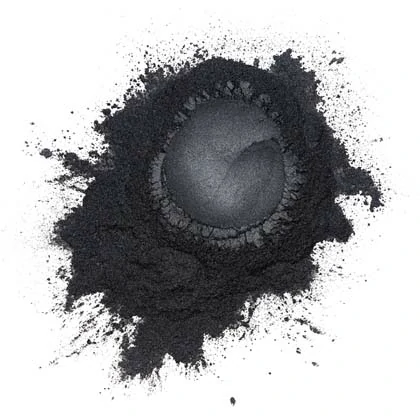Graphene, a single layer of carbon atoms arranged in a hexagonal lattice, has garnered significant attention in recent years due to its remarkable properties. One area that has particularly piqued interest is its potential in the field of lithium battery applications. Graphene’s unique combination of high electrical conductivity, mechanical strength, and thermal stability makes it an ideal candidate for enhancing the performance and safety of lithium batteries.
1. Improved Energy Storage Capacity
One of the main challenges in lithium battery technology is improving the energy storage capacity. Graphene offers a solution to this problem by providing a large surface area for lithium ions to attach and detach during charging and discharging cycles. Its two-dimensional structure allows for efficient diffusion of lithium ions, enabling higher charge density and faster kinetics. This means that lithium batteries incorporating graphene can store more energy and deliver higher power output.
2. Enhanced Durability and Cycle Life
Lithium batteries tend to degrade over time, leading to reduced capacity and shorter cycle life. However, graphene’s exceptional mechanical properties can address this issue. Its tensile strength surpasses that of steel, making it highly resistant to deformation and cracking. By incorporating graphene into the electrode materials, the battery becomes more resilient to stress-induced damage. This leads to improved durability and longer cycle life, ultimately reducing the need for frequent battery replacements.
3. Increased Safety and Faster Charging
Safety is a critical concern in lithium battery applications, as they are prone to thermal runaway and even explosion under certain conditions. Graphene’s excellent thermal conductivity can help dissipate heat generated during battery operation, reducing the risk of overheating and potential hazards. Additionally, graphene’s high electrical conductivity enables faster electron transport within the battery, facilitating quicker charging times.
Conclusion
Graphene holds tremendous potential for revolutionizing lithium battery applications. Its unique properties, such as high electrical conductivity, mechanical strength, thermal stability, and large surface area, make it an ideal material for improving energy storage capacity, enhancing durability and cycle life, and increasing safety and charging efficiency. As research and development in the field of graphene continue to progress, we can anticipate significant advancements in lithium battery technology, leading to more reliable and efficient energy storage solutions for various applications ranging from portable electronics to electric vehicles.
TRUNNANO (aka. Luoyang Tongrun Nano Technology Co. Ltd.) is a trusted global chemical material supplier & manufacturer with over 12 years experience in providing super high quality chemicals and Nano materials such as graphite powder, boron powder , zinc sulfide , nitride powder, Boron nitride, Molybdenum disulfide, 3D printing powder, and so on.The working principle of magnesium stearate in pharmaceutical production
The working principle of magnesium stearate in pharmaceutical production
Applications and Advantages of Lightweight Concrete Cement Foaming Agent
